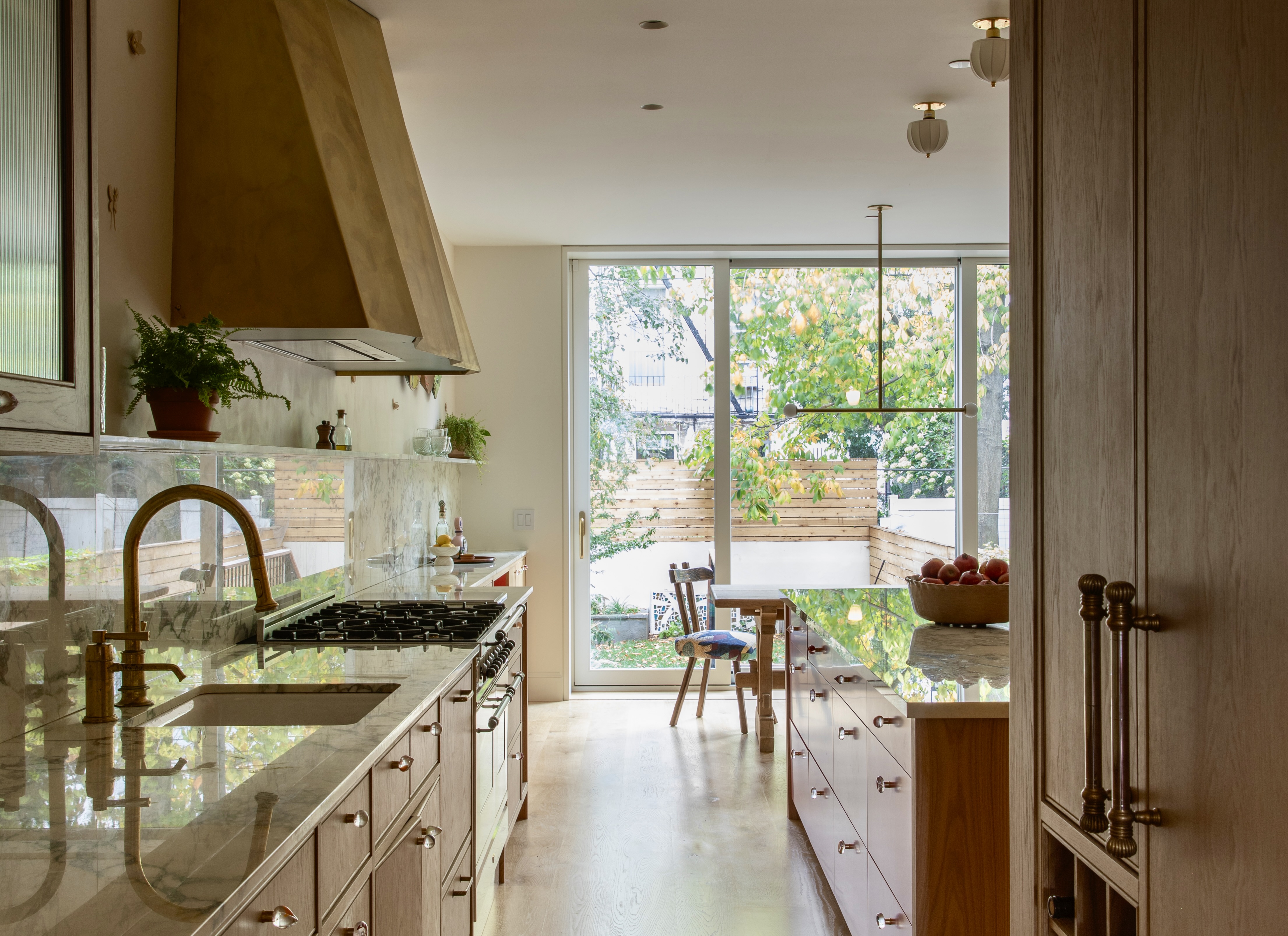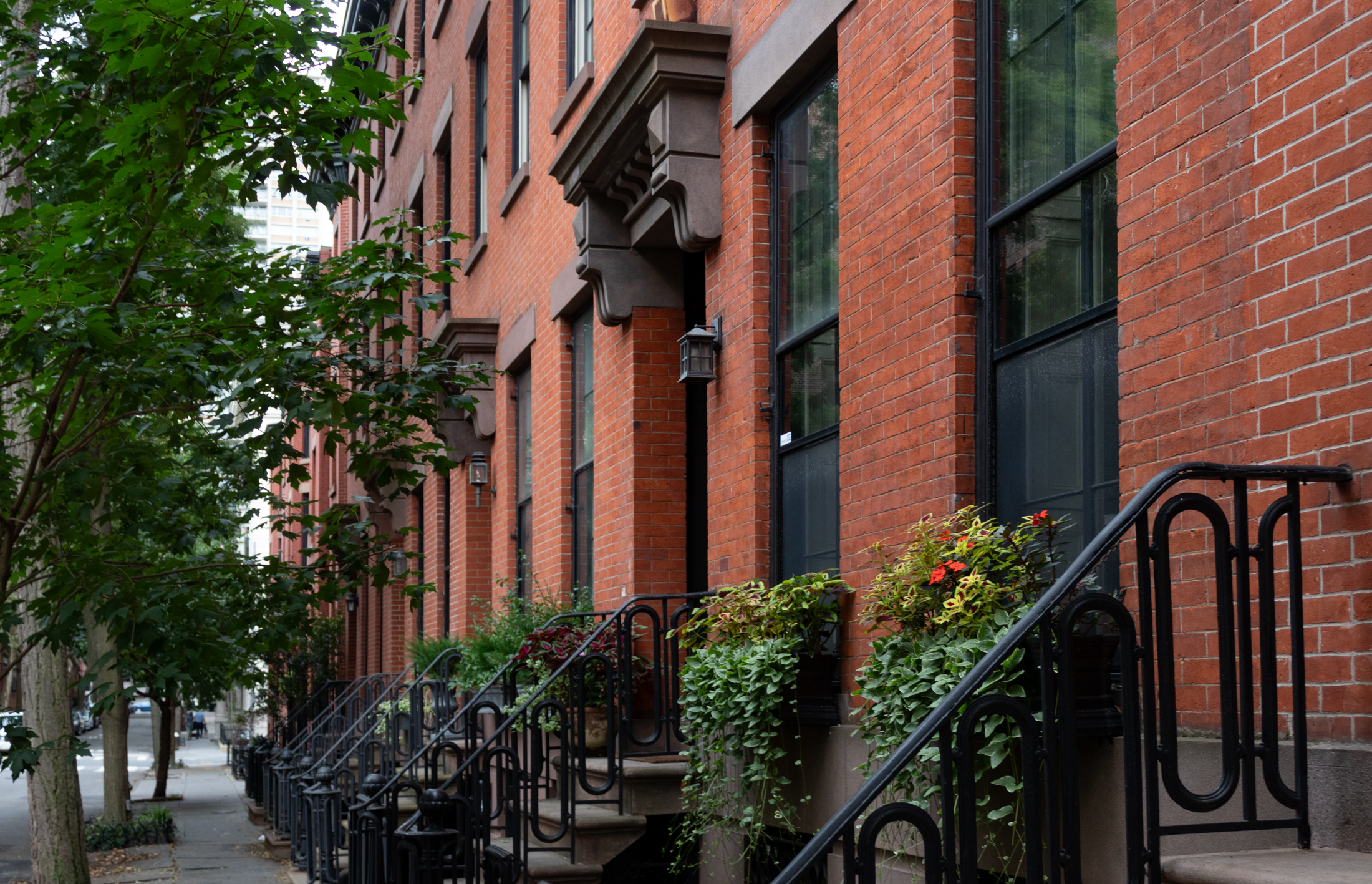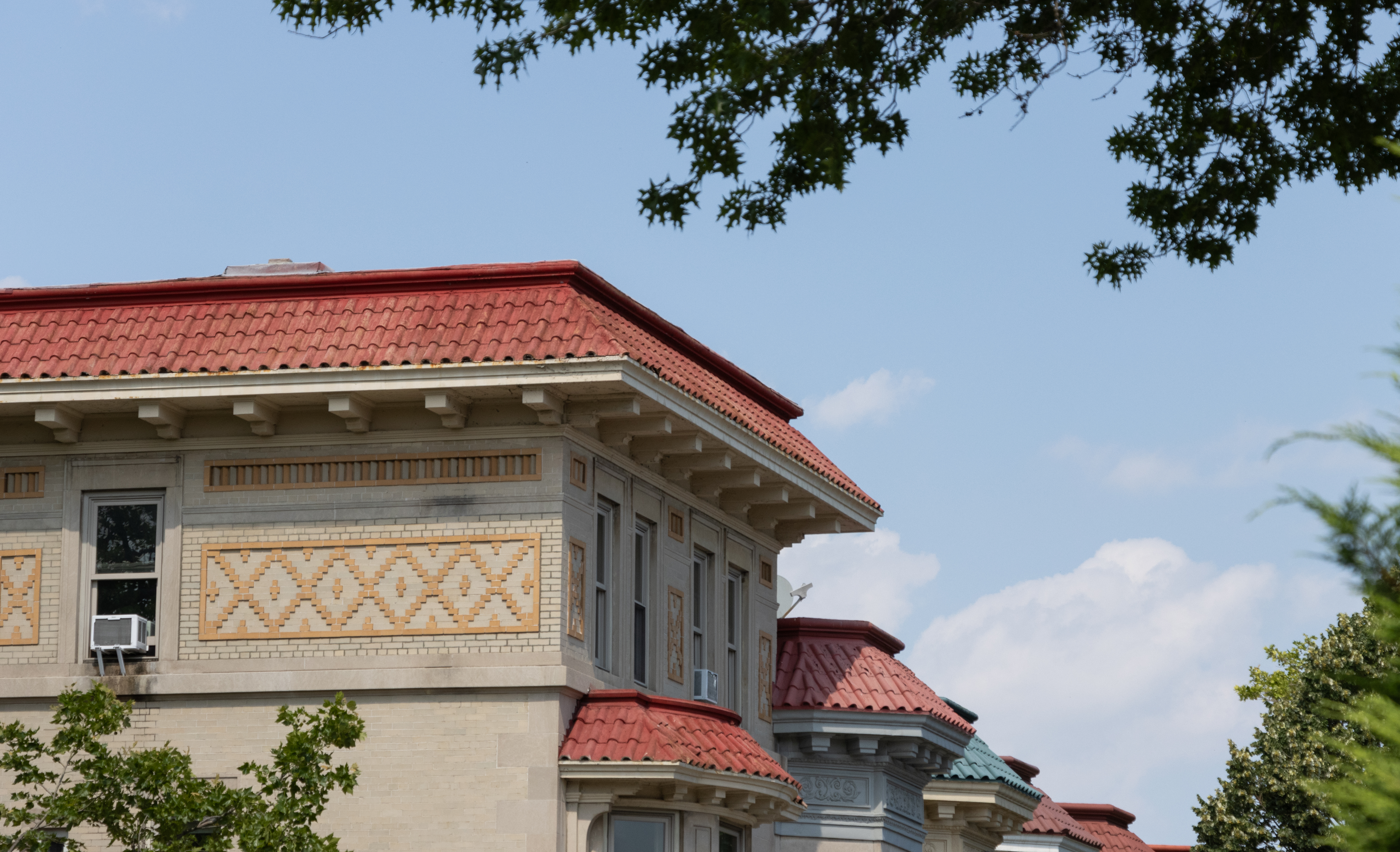Slope HD Extension: In 3 Parts, Over 10+ Years?
The Post had an article yesterday with details about the push to extend the Park Slope Historic District so that it includes 4,000 more buildings. Right now, the Park Slope Civic Council is proposing an extension that would happen in three phases: “the first 1,350 buildings [are] bordered by Flatbush, Prospect Park West, Seventh Avenue,…


The Post had an article yesterday with details about the push to extend the Park Slope Historic District so that it includes 4,000 more buildings. Right now, the Park Slope Civic Council is proposing an extension that would happen in three phases: “the first 1,350 buildings [are] bordered by Flatbush, Prospect Park West, Seventh Avenue, 15th Street, and parts of Union Street and Fifth Avenue. The second phase includes 2,000 buildings east of Fifth Avenue, and the third, east of Fourth Avenue between Flatbush and 15th Street.” A trustee of the civic council estimates that it will take 3 years to get landmark status for the first section and that there would be 5 year gaps between the landmarking of the other two portions. The Slope’s Historic District currently includes 1,975 buildings. Update: Blog Save the Slope takes issue with some parts of The Post article.
City Aims to Expand Slope District [NY Post]
Photo from Save the Slope.





Benson, the low-rise streetscapes of Park Slope are, indeed, part of the historic architecture that makes the area so charming, whether we’re talking about (former) tenement buildings or the more affluent and richly decorated brownstones.
Tenement buildings and apartment walk-up are a major part of NYC history. They were home to the huge influx of immigrants who built this country. Both sides of my family came out of the tenements as have the parents of many many others.I see nothing wrong in landmarking these- they are historic structures, any of them still in use and many of them are actually beautiful. I am not antideveloper- I am anti- destroy beautiful buildings to put up Fugly POS’s.
“Brownstone” is a generalization since many landmarked areas contain classic brownstones, limestones, and brick. If you’re interested in learning more about tenement buildings, there is the Tenement Museum in Manhattan.
Saving the few remaining pieces of our rather short history as a country is SO important. It’s sad to see that some people, even here who read brownstoner don’t seem to GET that.
Can you imagine if all of NYC looked like Williamsburg or 4th Avenue?
I sure as hell wouldn’t want to live here.
“Development is fine, just not within sight of my front stoop”
DIBS;
I give you points for candor.
Development is fine, just not within sight of my front stoop.
Mr. Joist;
I recognize the difference between a chopped-up (former) townhome and a building that started out life as a walk-up tenement or slightly more genteel walk-up apartment building. All of the examples I cited above started out life as a tenement or apartment building, not a townhome. For example: the buildings on 3rd Street are definitely walk-ups with narrow railroad apartments.
Today, we would call everything down to 4th Ave “Park Slope”. That is a recent development. When it was developed, the fine part of Park Slope, with top-quality homes, was considered to end at 7th Ave. The area up to 6th Ave was considered part of South Brooklyn, and all that implied (Irish and Italian immigrants). The area around Union Street and 4th Ave was the home of a huge Italian immigrant population at one time. Indeed, if you look at Union Street between 4th and 5th, you will see that many of the buildings are full-blown tenements, akin to those on the LES.
My ire is caused by my feeling that this designation is driven more by an anti-development sentiment than an appreciation for “historic” architecture.
Rob, it’s even worse than you think.
Once your house is designated, you’re not allowed to use power tools; you have to turn off your electricity and go back to gas lighting; you have to get rid of your car and use a horse. And you have to wear a frock coat and a pinze-nez.
“The point of the article is that there are MANY, MANY worthy parts of Park Slope that are not landmarked, and should be, not that certain parts of certain blocks may or may not be worthy.”
Yes, this.
Benson:
Many of the homes you trash on your post started out as single family townhouses. Later, they were converted into narrow floor-through apartments BUT many have been converted back to their original form.
Many have the same ornamentation (cornice, stoops, pressed-tin bay windows, etc.) that is found on the blocks closer to the park.
On the other hand, some areas between 4th – 5th are gross tenements or have cheesy new developments.
It all depends on the block. Between 4th – 5th Aves: 6th St, 5th St, 3rd St … are all pretty nice.